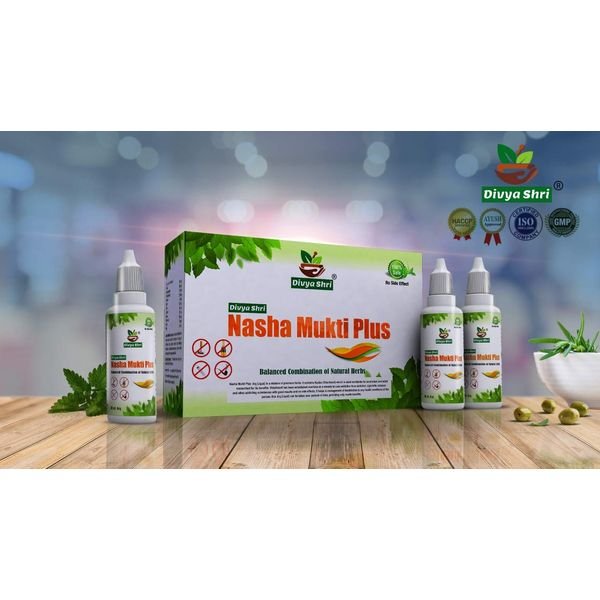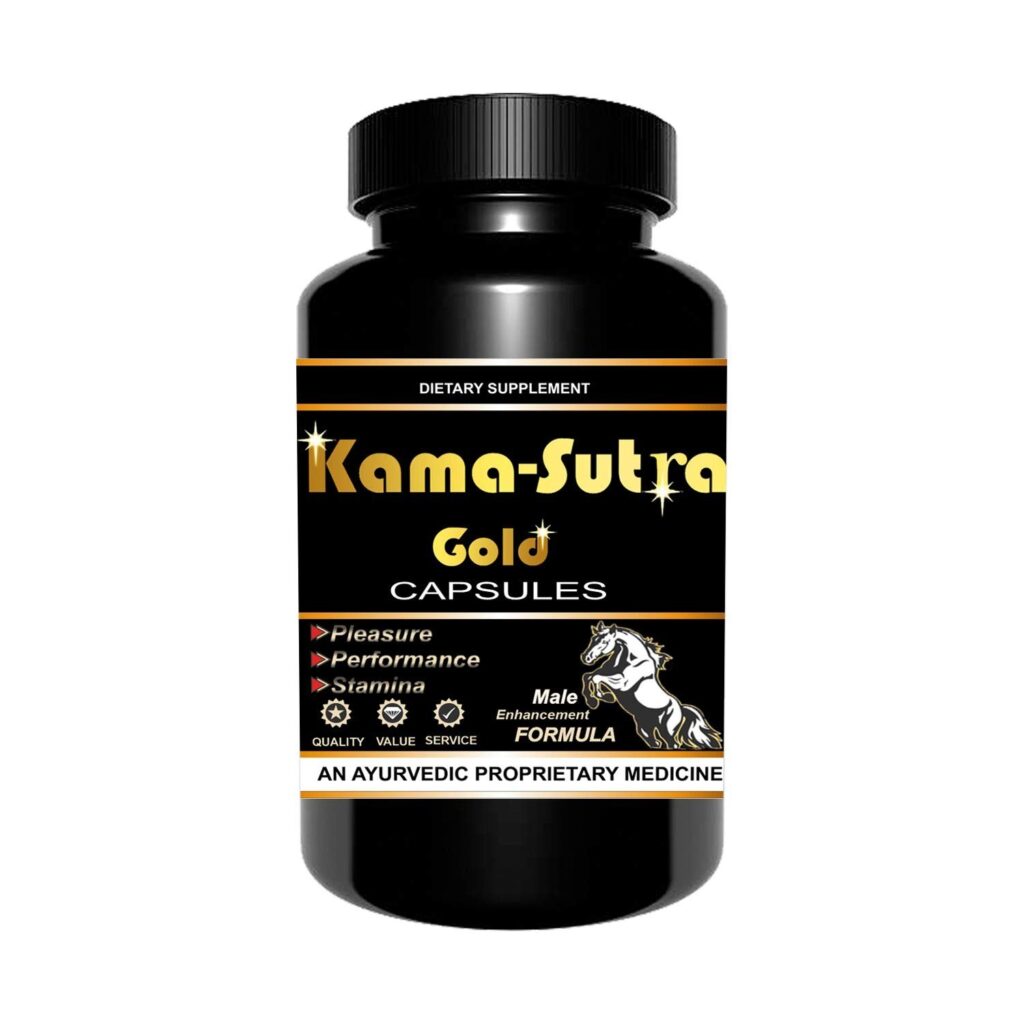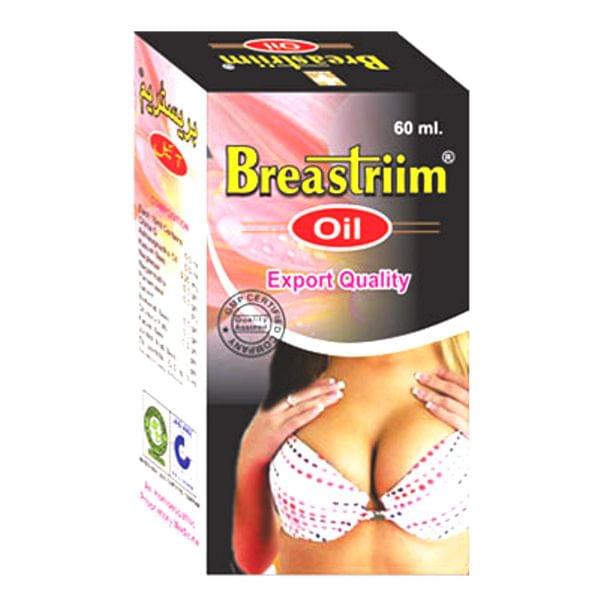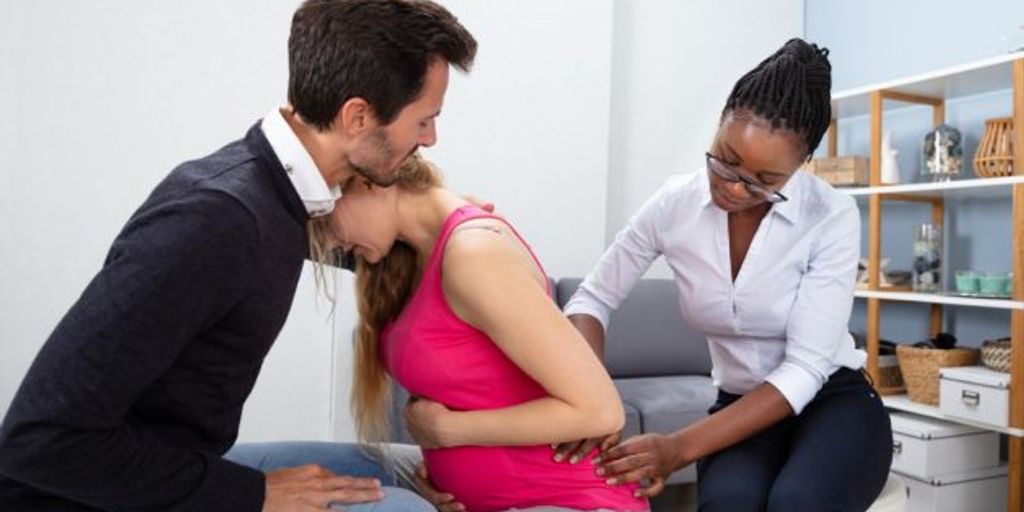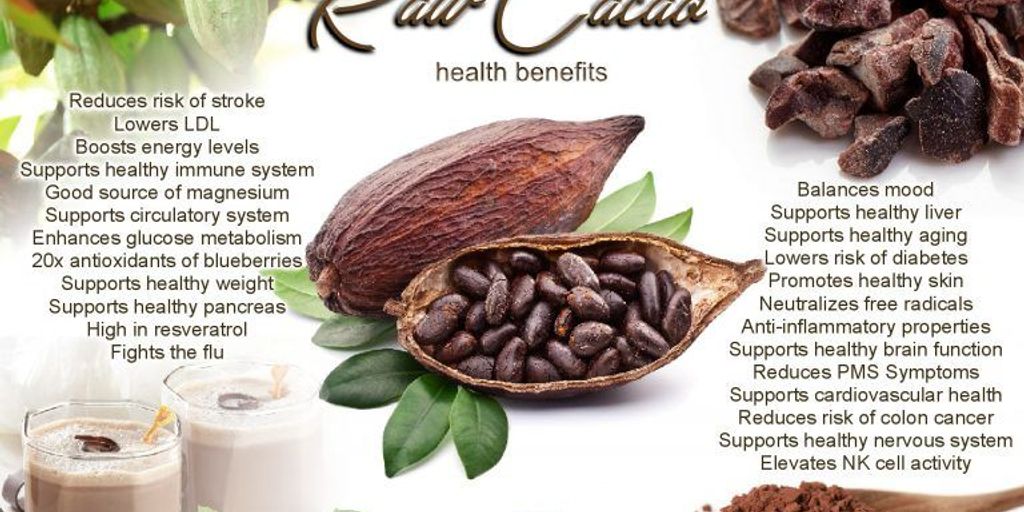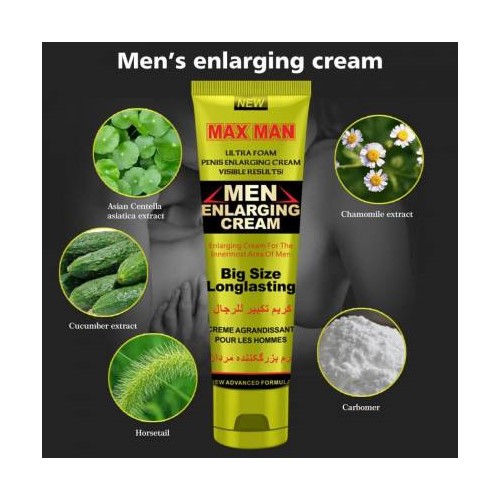Piles, also known as hemorrhoids, are swollen veins located in the lower rectum and anus. They can cause discomfort, pain, and bleeding. This article will provide an overview of piles, including their causes, symptoms, diagnosis, and treatment options. Additionally, it will discuss preventive measures that can help reduce the risk of developing piles. Here are the key takeaways from this article:
Key Takeaways
- Piles are swollen veins in the rectum and anus that can cause discomfort and bleeding.
- Common causes of piles include chronic constipation, pregnancy, and a sedentary lifestyle.
- There are two main types of piles: internal and external.
- Common symptoms of piles include pain, itching, and bleeding during bowel movements.
- Complications of piles can include thrombosis, infection, and anal fistula.
Understanding Piles
What are Piles?
Piles, also known as hemorrhoids, are swollen veins that can occur in the lower rectum or anus. They can be internal or external and may cause discomfort, pain, and bleeding. Piles are a common condition that affects many people, especially those who have a sedentary lifestyle or strain during bowel movements.
Causes of Piles
Piles, also known as hemorrhoids, can be caused by a variety of factors. Chronic constipation is one of the main causes of piles. When you have difficulty passing stool, it can lead to straining during bowel movements, which puts pressure on the veins in the rectal area. Other common causes include pregnancy, which increases pressure on the veins in the pelvic area, and obesity, which can also contribute to increased pressure on the rectal veins.
In addition, a sedentary lifestyle and lack of physical activity can lead to the development of piles. Sitting for long periods of time can put pressure on the veins in the rectal area, leading to the formation of piles. A poor diet that is low in fiber and high in processed foods can also contribute to the development of piles. Fiber helps to soften the stool and promote regular bowel movements, reducing the risk of piles.
To prevent piles, it is important to address these underlying causes. Making lifestyle changes such as increasing physical activity, maintaining a healthy weight, and following a high-fiber diet can help prevent the development of piles. Additionally, avoiding prolonged sitting and practicing good toilet habits, such as not straining during bowel movements, can also reduce the risk of piles.
Types of Piles
There are two main types of piles: internal piles and external piles. Internal piles are located inside the rectum and are usually painless. They can cause bleeding during bowel movements. External piles, on the other hand, are located outside the rectum and can be painful. They may cause itching, swelling, and discomfort. It is important to consult a healthcare professional for an accurate diagnosis and appropriate treatment.
Symptoms of Piles
Common Symptoms
Common symptoms of piles include immense pain around the anal opening, bright red blood during the passage of stool, and itchiness around the anal area. Some individuals may also experience a feeling of fullness or a lump near the anus. It is important to note that these symptoms can vary from person to person and may be more severe in some cases. If you are experiencing any of these symptoms, it is recommended to consult a healthcare professional for proper diagnosis and treatment.
Complications of Piles
Piles can lead to several complications if left untreated. These complications can cause significant discomfort and affect a person’s quality of life. It is important to be aware of these potential complications and seek medical attention if necessary.
Diagnosing Piles
Medical History and Physical Examination
During the medical history and physical examination, the healthcare provider will gather information about your symptoms, medical history, and lifestyle factors that may contribute to the development of piles. They may ask about the duration and severity of your symptoms, any previous treatments you have tried, and any family history of piles.
The physical examination may involve visually inspecting the anal area and gently palpating the anus to check for any abnormalities or signs of inflammation. The healthcare provider may also perform a digital rectal examination to assess the condition of the rectum and anal canal.
It is important to provide accurate and detailed information during the medical history and physical examination to help the healthcare provider make an accurate diagnosis and recommend appropriate treatment options.
Diagnostic Tests for Piles
Diagnostic tests are an important part of diagnosing piles. These tests help doctors determine the severity of the condition and plan the appropriate treatment. Some common diagnostic tests for piles include:
Treating Piles
Non-Surgical Treatments
Non-surgical treatments are often the first line of defense against piles. These treatments are effective in relieving symptoms and reducing the size of piles. Some common non-surgical treatments for piles include medications, sclerotherapy, rubber band ligation, infrared coagulation (IRC), and laser therapy.
Surgical Treatments
Surgical treatments are usually recommended for severe cases of piles that do not respond to non-surgical treatments. There are several surgical options available for treating piles, including hemorrhoidectomy, stapled hemorrhoidopexy, and Doppler-guided hemorrhoidal artery ligation. The choice of surgical treatment depends on the severity of the piles and the individual’s overall health. It is important to consult with a healthcare professional to determine the most appropriate surgical treatment option.
Preventing Piles
Lifestyle Changes
Making certain lifestyle changes can help prevent the development of piles. Here are some tips to keep in mind:
- Maintain a healthy weight to reduce pressure on the rectal veins.
- Stay physically active to improve bowel movements and prevent constipation.
- Drink an adequate amount of water to keep stools soft and easy to pass.
- Avoid sitting or standing for long periods of time to prevent excessive pressure on the rectal area.
- Practice good hygiene by keeping the anal area clean and dry.
- Avoid straining during bowel movements by using proper techniques and taking your time.
- Include high-fiber foods in your diet, such as fruits, vegetables, whole grains, and legumes.
- Limit the consumption of processed foods, spicy foods, and alcohol, as they can worsen symptoms and discomfort.
- Quit smoking, as it can contribute to the development of piles.
By following these lifestyle changes, you can reduce the risk of developing piles and promote overall rectal health.
Dietary Modifications
Making certain dietary modifications can help prevent and manage piles. Here are some important tips to consider:
Increase your fiber intake: Consuming a diet rich in fiber can help soften the stool and make it easier to pass, reducing the strain on the rectal area. Include foods such as fruits, vegetables, whole grains, and legumes in your diet.
Stay hydrated: Drinking an adequate amount of water can help prevent constipation, which is a common cause of piles. Aim to drink at least 8 glasses of water per day.
Limit processed foods: Processed foods are often low in fiber and can contribute to constipation. Try to minimize your intake of processed foods and opt for whole, unprocessed foods instead.
Avoid spicy and greasy foods: Spicy and greasy foods can irritate the digestive system and worsen symptoms of piles. It’s best to avoid or limit the consumption of these types of foods.
Practice portion control: Overeating can lead to constipation and increased pressure on the rectal area. Be mindful of your portion sizes and eat smaller, more frequent meals.
Maintain a healthy weight: Being overweight or obese can increase the risk of developing piles. Aim to maintain a healthy weight through a balanced diet and regular exercise.
Avoid straining during bowel movements: Straining during bowel movements can put pressure on the rectal area and worsen piles. Take your time and avoid excessive straining.
Consider dietary supplements: In some cases, dietary supplements such as psyllium husk or fiber supplements may be recommended to help increase fiber intake.
Remember to consult with a healthcare professional or a registered dietitian before making any significant changes to your diet.
Piles, also known as hemorrhoids, are swollen blood vessels in the rectal area. They can cause discomfort, pain, and itching. Fortunately, there are several ways to prevent piles. One of the most important steps is to maintain a healthy diet rich in fiber and drink plenty of water. This helps prevent constipation, which is a major cause of piles. Regular exercise is also beneficial as it improves blood circulation and helps prevent the formation of hemorrhoids. Additionally, avoiding prolonged sitting or standing and practicing good hygiene can reduce the risk of developing piles. If you are experiencing symptoms of piles or want to learn more about prevention, visit our website Swasthyashopee for more information and products that can help. Take control of your health and prevent piles today!
Conclusion
In conclusion, Arsh Kuthar Ras is a highly effective treatment for piles. Its natural ingredients provide relief from symptoms and help prevent future occurrences. Piles can be a painful and uncomfortable condition, but with the use of Arsh Kuthar Ras, individuals can experience significant improvement in their quality of life. It is important to consult with a healthcare professional before starting any new treatment. Maintaining a healthy lifestyle and following preventive measures can also contribute to the management of piles.
Frequently Asked Questions
What are the main symptoms of piles?
The main symptoms of piles include pain, itching, bleeding, and swelling around the anus.
What causes piles?
Piles are usually caused by increased pressure in the veins of the rectum and anus. This can be due to constipation, straining during bowel movements, pregnancy, obesity, or a sedentary lifestyle.
What are the different types of piles?
There are two main types of piles: internal piles and external piles. Internal piles are located inside the rectum, while external piles are located outside the anus.
How are piles diagnosed?
Piles are usually diagnosed through a medical history and physical examination. In some cases, additional diagnostic tests such as a proctoscopy or colonoscopy may be recommended.
What are the non-surgical treatments for piles?
Non-surgical treatments for piles include lifestyle changes, dietary modifications, over-the-counter medications, and topical creams or ointments.
When is surgery recommended for piles?
Surgery for piles may be recommended if non-surgical treatments are ineffective or if the piles are severe. There are different surgical options available, including hemorrhoidectomy, rubber band ligation, and sclerotherapy.



